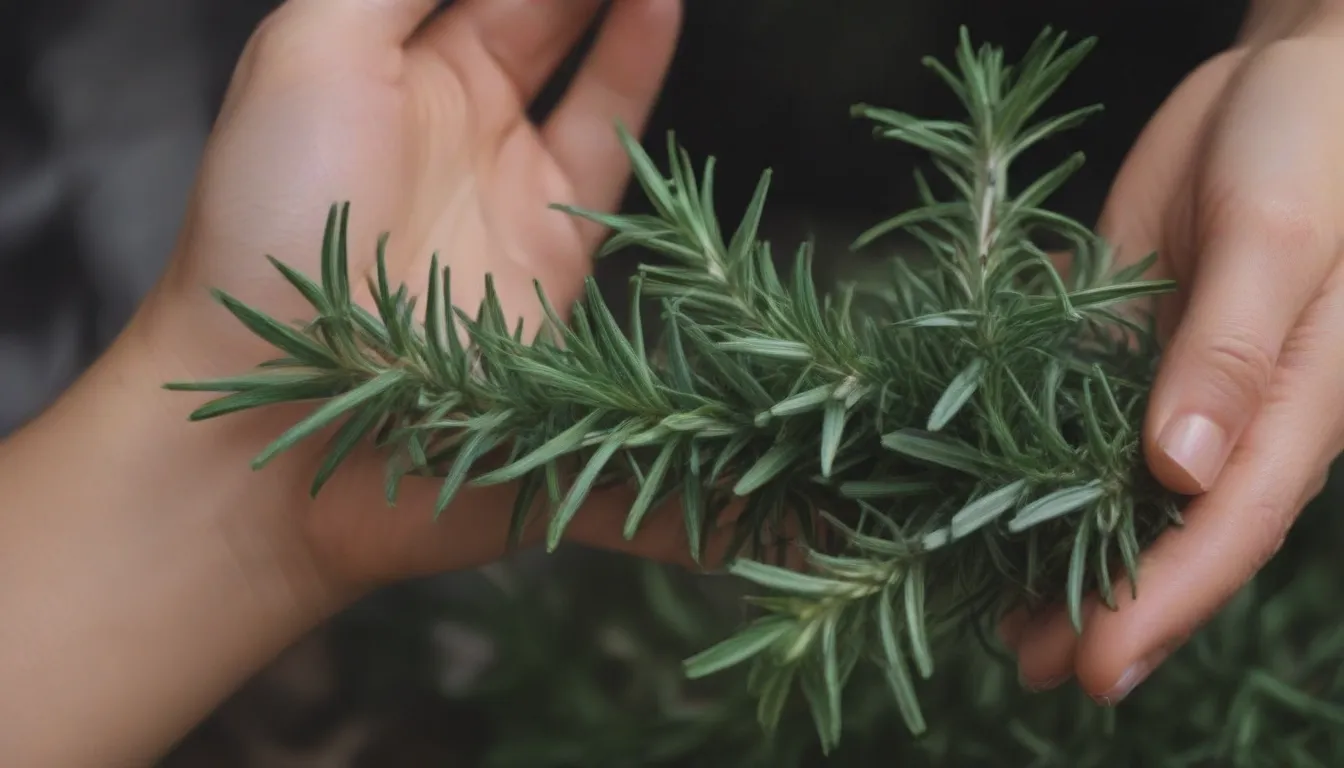Ultimate Guide to Growing and Caring for Rosemary

Welcome to the ultimate guide on how to grow and care for rosemary plants! Rosemary, a fragrant herb that is easy to grow and care for, is a must-have in any garden or kitchen. In this comprehensive article, you will learn everything you need to know to successfully cultivate and maintain healthy rosemary plants.
Getting to Know Rosemary
Rosemary (Salvia rosmarinus) is a perennial, rounded, evergreen shrub known for its slender, needle-like, gray-green leaves and clusters of small, light blue to white flowers that bloom in late spring to early summer. While rosemary can thrive outdoors for up to ten years, it can also be grown as a houseplant with a bit more care.
Benefits of Growing Rosemary:
- Fragrant addition to any garden
- Culinary uses in cooking
- Medicinal properties
- Attracts bees and other pollinators
Planting Rosemary
Proper planting is essential for the success of your rosemary plant. Here are some key tips to keep in mind when planting your rosemary:
When to Plant:
- Best month to plant: Spring, after the threat of frost has passed
- Can also be planted in late spring or early summer
- Container-grown rosemary can be planted year-round, but best between spring and fall
Selecting a Planting Site:
- Requires a sunny spot with well-draining soil
- Avoid planting near tall trees or shrubs that may shade the rosemary
- Good companion plants include cruciferous vegetables, beans, and carrots
Spacing, Depth, and Support:
- Space rosemary shrubs at least 2 to 3 feet apart
- Plant seedlings and nursery plants at the same depth as their previous container
- Support structure is generally not necessary
Rosemary Plant Care
Taking care of your rosemary plant involves paying attention to its light, soil, water, temperature, and more. Here are some essential care tips:
Light:
- Requires full sun and at least six hours of direct sunlight daily
- Rotate indoor plants outdoors in warm weather for natural sunlight exposure
Soil:
- Prefers well-draining sandy or loamy soil with a slightly acidic to neutral pH (6.0 to 7.0)
Water:
- Drought-tolerant once established, water sparingly and allow soil to dry between waterings
- Keep soil evenly moist, but not soggy
Temperature and Humidity:
- Thrives in warm weather with temperatures between 55 degrees and 80 degrees
- Good heat tolerance but avoid high humidity to prevent rot and fungal issues
Fertilizer:
- Not a heavy feeder, mix compost at planting and use balanced liquid fertilizer as needed
Pollination:
- Self-pollinating and attracts bees and other pollinators
- Promote pollination by bringing plants outdoors in warm weather
Types of Rosemary
There are several varieties of rosemary to choose from, each with its own unique characteristics. Some popular types include ‘Arp’, ‘Golden Rain’, ‘Albus’, and ‘Prostratus’.
Tips for Harvesting Rosemary
Harvesting rosemary is easy and can be done throughout the year. For the most flavorful leaves, harvest just before the plant blooms. Use freshly harvested rosemary in cooking or dry it for storage.
Growing Rosemary in Pots
Growing rosemary in pots allows you to bring the plant indoors during cold weather and keep it near your kitchen for easy access. Select a pot slightly larger than the root ball, with drainage holes for proper moisture control.
Pruning and Propagating
Prune rosemary to shape its growth and promote bushier growth. Propagation can be done through cuttings, which can help create new plants with fuller foliage.
Overwintering
Bring rosemary indoors before frost hits and keep it in a warm room with adequate sunlight. Adjust watering habits during winter months and reintroduce the plant to outdoor conditions in the spring.
Common Pests and Diseases
Keep an eye out for powdery mildew, aphids, and spider mites, especially on indoor plants. Proper airflow and preventive measures like insecticidal soap can help manage these issues.
By following these tips and guidelines, you can enjoy healthy and thriving rosemary plants in your garden or home. From planting to harvesting, caring for rosemary is a rewarding experience that will provide you with fresh herbs for culinary use and a fragrant addition to your surroundings. Happy gardening!





